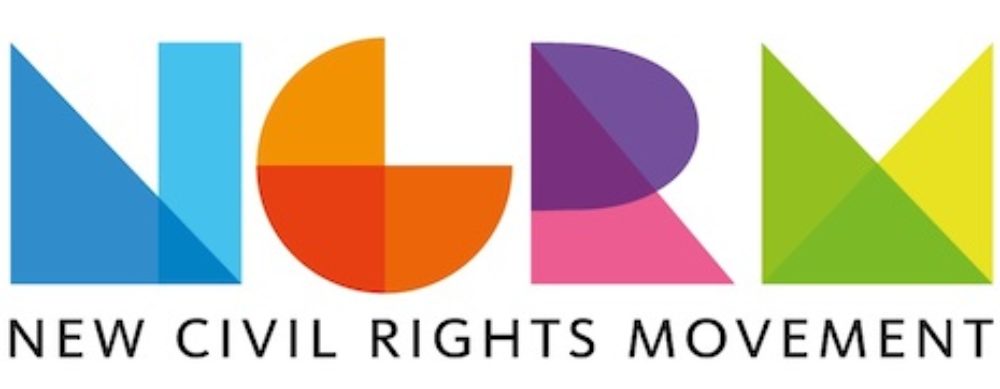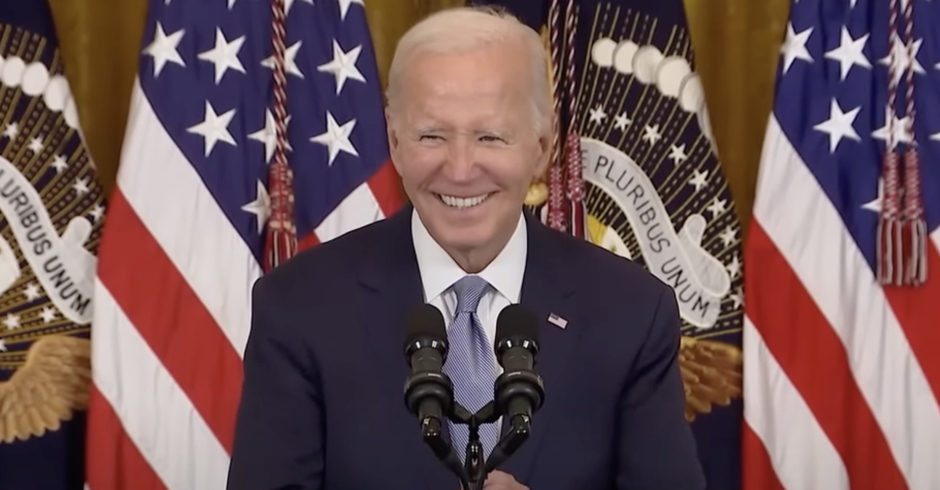The Gay Agenda: What’s Next After Marriage Equality?
Now that the LGBT community has equal marriage rights, what’s next?
On June 26, the United States Supreme Court ruled that same-sex couples are now legally able to marry in all 50 states. With that ruling, people in the LGBT community gained hundreds of rights previously only afforded to heterosexual couples, but despite so many rights gained with one ruling, equality is still elusive. Where should the community focus their efforts next? We offer a few ideas below.
Employment – Believe it or not, it is still legal to fire someone for being lesbian, gay, or bisexual in over half the country. There are 29 states that don’t have employment protection laws based on sexual orientation, and it’s legal to fire someone based on gender identity in 30 states. According to the Human Rights Campaign, LGBT people still face serious discrimination in employment, including being fired, being denied a promotion and experiencing harassment on the job.
The Employment Non-Discrimination Act (ENDA) would provide basic protections against workplace discrimination; however, in 2014, after the Hobby Lobby ruling, major LGBT rights organizations withdrew their support of ENDA as it stood due to vague religious exemptions. The fear was that the exemptions could make things worse for the LGBT community. ENDA now remains in limbo with no clear path forward. It’s time to pass an inclusive ENDA without giving people the right to discriminate while hiding behind religious exemptions. All people should have the right to work regardless of sexual orientation or gender identity.
Blood Ban – Even though all donated blood is fully tested, any man who has had sex with another man since 1977 is banned for life from giving blood. All blood is vigorously tested, and the American Red Cross, the American Association of Blood Banks, and America’s Blood Centers have publicly spoken out against the gay blood ban. Earlier this year, the FDA announced they would be removing the lifetime ban, and would be replacing it with one that would ban any male from donating blood if they had had sex with another man within the past year. David Stacy, HRC Government Affairs Director, says the policy, “prevents men from donating life-saving blood based solely on their sexual orientation rather than actual risk to the blood supply. It simply cannot be justified in light of current scientific research and updated blood screening technology.†According to the Huffington Post, the new recommendations are still open to public comment, and the FDA will issue final rules soon. To learn more about how you can do more to end the gay blood ban, visit www.gayblooddrive.com.
Conversion Therapy – There are still places that try to change people’s sexual orientation and gender identity by using inhumane techniques such as electroshock therapy, induced nausea, paralysis while showing the patient homoerotic images, and much more. A documentary titled “Kidnapped for Christ“ exposes some of the harsh treatments undergone through conversion therapy. In May of this year, Oregon became the third state to ban conversion therapy, also known as reparative therapy, to minors. California, New Jersey, and Washington, D.C. also have bans. Organizations such as the American Psychiatric Association and the American Academy of Pediatrics have all come out against conversion therapy. In response to a petition that gathered more than 120,000 signatures, the White House made a public statement in support of banning all conversion practices directed towards minors.Â
“The overwhelming scientific evidence demonstrates that conversion therapy, especially when it is practiced on young people, is neither medically nor ethically appropriate and can cause substantial harm,†the statement said. “As part of our dedication to protecting America’s youth, this Administration supports efforts to ban the use of conversion therapy for minors.â€
Banning conversion therapy to minors is a great start, but it’s not enough. Last May, Rep. Ted Lieu (D-Calif.) introduced federal legislation that would ban the widely discredited practice of conversion therapy throughout the country, and would classify the practice as fraud under the Federal Trade Commission Act. We need to make it a priority to pass this legislation in order to protect the mental health of our community and save lives.Â
Transgender Individuals Serving in the Military – Even though the ban on gays, lesbians, and bisexuals in the military was struck down, people in the transgender community are still prohibited from serving. According to the HRC, there are approximately 15,500 actively serving transgender members of the U.S. military, and unlike “Don’t Ask, Don’t Tell,†the ban on transgender military service is regulatory and only requires action by the Department of Defense to update. At least 18 countries, including Australia, Canada, and Israel allow, military service by transgender personnel.Â
Anti bullying – Bullying is a major issue for LGBT youth. GLSEN reported the following statistics in their 2013 National School Climate Survey by GLSEN:
- 74.1% of LGBT students were verbally harassed in the past year because of their sexual orientation and 55.2% because of their gender expression.
- 36.2% were physically harassed in the past year because of their sexual orientation and 22.7% because of their gender expression.
- 71.4% of LGBT students heard “gay†used in a negative way (e.g., “that’s so gayâ€) frequently or often at school, and 90.8% reported that they felt distressed because of this language.
- 64.5% heard other homophobic remarks (e.g., “dyke†or “faggotâ€) frequently or often.
- 55.5% of LGBT students felt unsafe at school because of their sexual orientation, and 37.8% because of their gender expression.
- 30.3% of LGBT students missed at least one entire day of school in the past month because they felt unsafe or uncomfortable, and over a tenth (10.6%) missed four or more days in the past month.
We need better protections for LGBT youth in schools, similar to what New York did with the Dignity for All Students Act.Â
LGBT Youth Homelessness – Each year, between 500,000 and 1.6 million youth in the US are homeless or runaways and LGBT youth make up 20-40% of those numbers. This is a huge percentage! Unfortunately, some people are even turned away from shelters because of their sexual orientation or gender identity. There are things we can do, though. Check out the Forty to None Project for more information.Â
There are, of course, many other concerns that need to be addressed as well, but these are a few key ones. Which ones do you think we should focus on? Is there an issue we missed that you think deserves more attention and focus? Let us know in the comments section below.Â
Â
Image by JoshuaMHoover via Flickr and a CC license

Enjoy this piece?
… then let us make a small request. The New Civil Rights Movement depends on readers like you to meet our ongoing expenses and continue producing quality progressive journalism. Three Silicon Valley giants consume 70 percent of all online advertising dollars, so we need your help to continue doing what we do.
NCRM is independent. You won’t find mainstream media bias here. From unflinching coverage of religious extremism, to spotlighting efforts to roll back our rights, NCRM continues to speak truth to power. America needs independent voices like NCRM to be sure no one is forgotten.
Every reader contribution, whatever the amount, makes a tremendous difference. Help ensure NCRM remains independent long into the future. Support progressive journalism with a one-time contribution to NCRM, or click here to become a subscriber. Thank you. Click here to donate by check.
 |





















